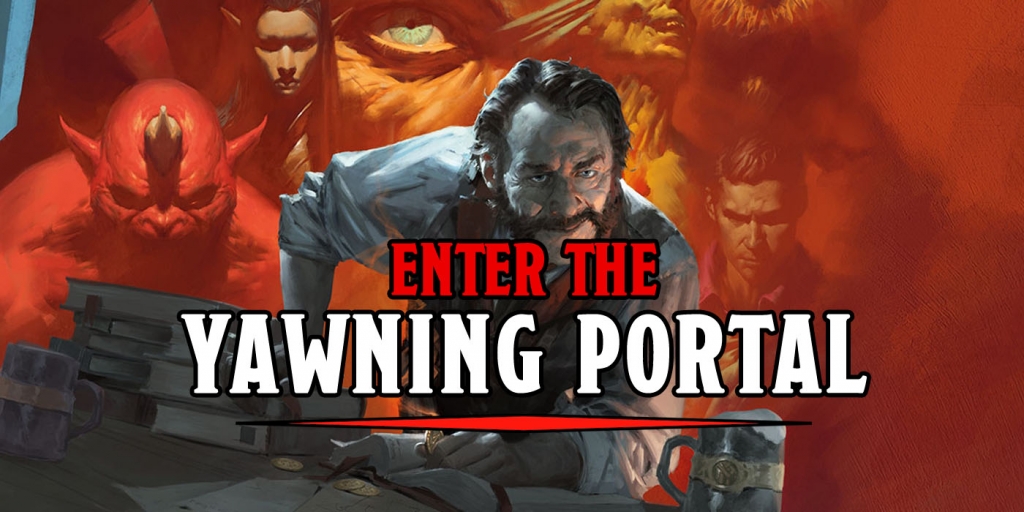D&D: How To Say Beholder In Sign Language

How do you say Beholder in Sign Language? Today we’re taking a look at how interpreters tackle the language of Dungeons and Dragons.
In recent months, the folks at Wizards of the Coast have been reinforcing the idea that Dungeons and Dragons is for everyone, stepping up their accessibility efforts, so that anyone can easily play the game they love. They’ve partnered with the Library of Congress to bring about an audio navigable version of the Player’s Handbook for the visually impaired. And as you can see in the latest issue of Dragon+, they’re putting the spotlight on sign language interpreters who work to bring the rich world of Dungeons & Dragons to life for hearing impaired players.
These videos come to you courtesy of Matt Chapman, editor-in-chief of Dragon+, who interviewed interpreters on both sides of the Atlantic about the work they’re doing to bring the vivid monsters and spells and fantasy names to both American and British Sign Language.
American Sign Language (ASL) advocate Mysty Vander found that difficulty in bringing the rich world of Dungeons & Dragons to life had the knock-on effect of limiting the potential number of players and DMs. When a brittle bone disorder called osteogenesis imperfecta started to cause hearing loss, she began to struggle playing D&D in certain settings, such as local game stores, conventions, and primarily with strangers.
As it turns out, there are many projects like this out there. Vander heads up ASL for RPG, and across the Atlantic, you’ll find Kieron McMullan, heading up Somatic Component, an organization that has the aim of creating, sharing, and promoting BSL fantasy language.
McMullan hopes Somatic Component can have the same impact in the RPG world and help redress the lack of official signs for iconic fantasy concepts. “There’s no sign for goblin or dragon because these things weren’t established,” he says, adding that commercial hits such as Lord of the Rings and Game of Thrones have made creating those signs a lot easier. However, not everything in the world of Dungeons & Dragons is as simple as merging the words “owl” and “bear”.
And looking at the breakdown for Orc in BSL you can see the different sort of difficulties that come with interpreting fantasy:
Sometimes a sign is used to describe multiple similar concepts which would be obvious by their context when discussed in the real world. Yet those elements might appear alongside one another in Dungeons & Dragons, leaving sign language interpreters the task of making them seem distinct for a deaf audience.
And as you get into the various, specific flavors of D&D monsters, your work is even more cut out for you. There are Cambions and Tieflings and Devils and Demons and Succubi and Pit Fiends and Balors and how would you define all of these things?
Then there’s the way these different signs feature into the action of the table. There are layers–characters might be in character one moment, or another. An interpreter might have to signify when they are “the elf woman” or the “dragon man” before conveying who’s saying what. Now add in Spellcasting.
Both of the projects linked here have hopes of building an accepted language of D&D signs that can matriculate into the common usage. If you’re interested in learning more, you can find ASL for RPG on Twitter or Somatic Component on Instagram.
Happy Adventuring!





